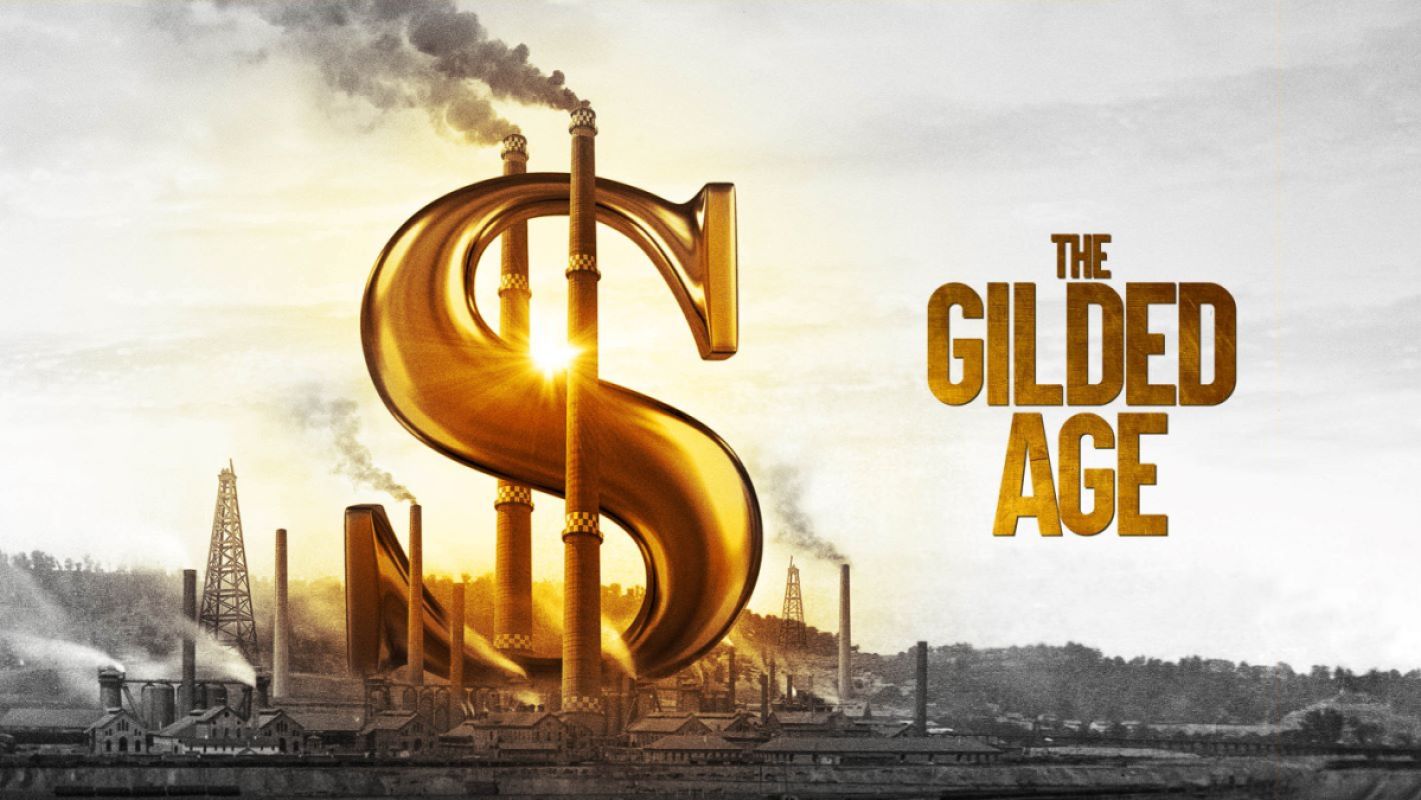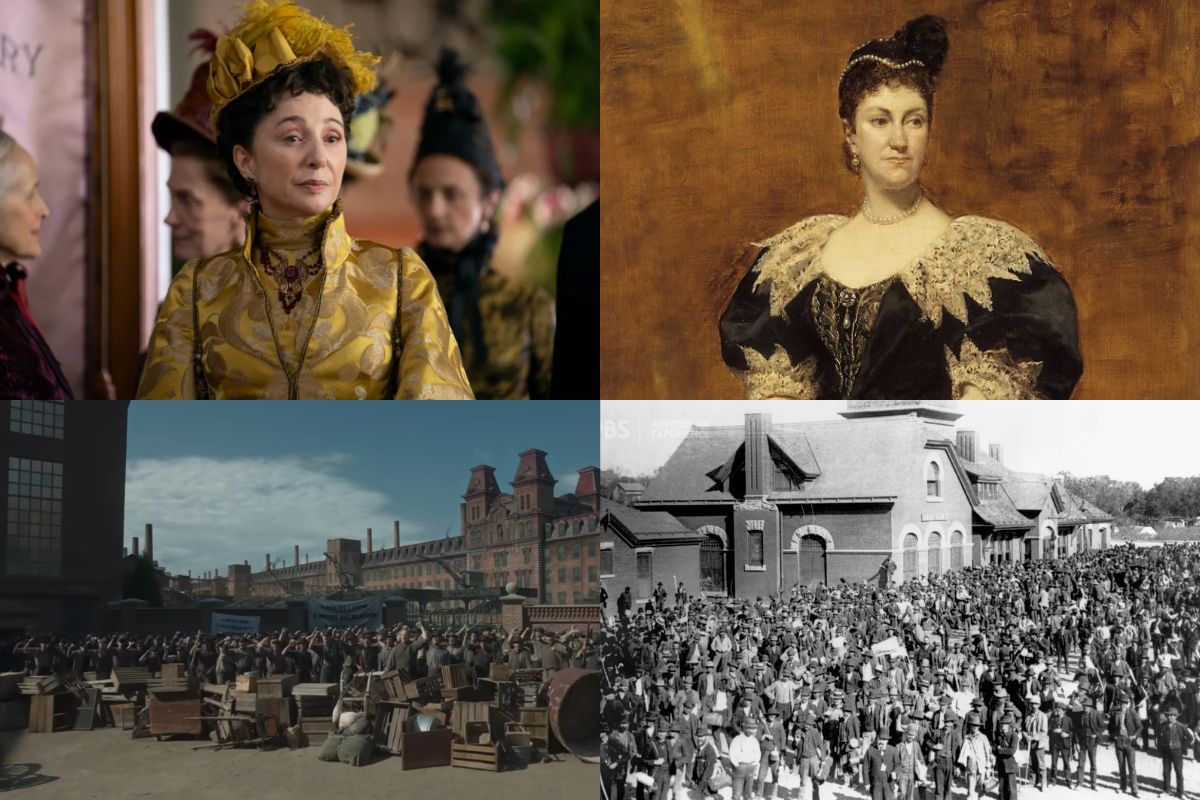In 2018, director Sarah Colt released her American Experience documentary about the rise and fall of America’s Gilded Age (1877-1900). While previously behind a paywall, PBS released the Oliver Platt-narrated documentary for free and as the name suggests, it pairs greatly with those obsessing over the HBO drama of the same name.
Soon after an American Experience documentary airs, PBS will keep the program (a movie or series) behind a paywall for a short period of time. Here, the work is only available via a rental or donation to PBS to access its streaming service, PBS Passport. However, eventually many documentaries and more produced by PBS become free online via your local station. On October 25, Colt’s The Gilded Age joined that free library on YouTube and your local PBS Station. The movie pairs great between episodes of HBO’s fictionalized series or to satiate those who want to binge the complete season when it ends. Also, the timing feels perfect for a few reasons.
For one, this comes at a time of massive union activity. The extreme wealth disparities and suffering of Gilded Age birthed the modern American labor movement. Also, PBS has a special relationship with the creator of HBO’s TGA, Julian Fellowes. Before HBO, Fellowes created the very successful and long-running series Downton Abbey with PBS Masterpiece. Fellowes success from that 20th century program allowed such a big budget for the 19th century show now on MAX.
PBS’ The Gilded Age

The documentary begins by zeroing in on the real families and events that HBO’s TGA pulls from. Names include people like the Astors (mentioned in HBO’s show) and the Vanderbuilts (whose claim to wealth mirrors the Russells). Additionally, it dives into the lives and philosophies of the robber barons whose blood money paid for these extravagant houses—and parties. PBS’s TGA explains and documents the tension between new money and old money central in Fellowes’s story. The second half of the documentary shifts to the everyday people affected by the widening wealth gap. Exacerbated by the capitalist and ignored by the government, extreme poverty ravaged the nation.
Gilded is not golden. Gilded has the sense of a patina covering something else. It’s the shiny exterior and the rot underneath.
Nell Irvin Painter, Historian
Colt highlights the labor organizers in the major coast cities and the Midwest as a response to this disparity. Those who worked to unseat Democrat and Republican officials for the same reasons of today: they service the companies and lobbies rather than the people. While they got less time in the documentary than the rich, this included figures like Kansas labor activist Mary Lease. The demands from workers would largely not come until the collapse of the banks a few decades later. HBO’s TGA teased the depiction of these labor movements in the season two trailer. One of the most interesting elements of the documentary included a look at the 1886 presidential election and the success/failure of the third party candidate.
The documentary is not without its faults. For example, it largely ignores the racism, xenophobia, and antisemitism of the time. Europe was discussed in the context of the gold-standard debate and investments, but not the progressive ideas coming from Europe about labor. On the American side, the documentary really plays down union busting. It instead overly fixates on how some CEOs were in their feelings when workers demanded fair pay and benefits. Regardless, like HBO’s TGA, PBS’s TGA serves as a good introduction and overview of this important time period.
(featured image: HBO/PBS)










Published: Nov 7, 2023 09:00 am